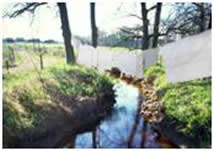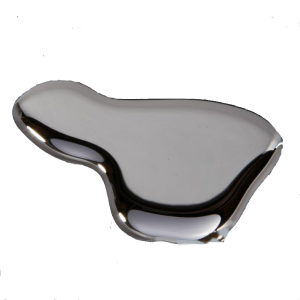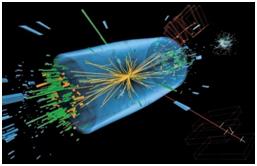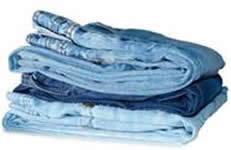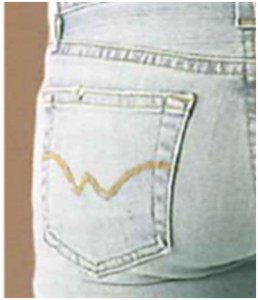The risks and alternatives of APEO and NPEO in textiles part 1
The environmental activist group Greenpeace runs the Detox campaign requesting from international fashion brands to eliminate alkylphenol ethoxylates (APEOs) from their supply chain. In response to the Detox campaign, a group of international retailers has established a roadmap for “zero discharge of hazardous chemicals” (ZDHC) which has the aim of eliminating 11 substance groups between 2013 and 2020. At the present time, strong focus in the ZDHC programme is put on APEOs (alkylphenols and their ethoxylates), in particular on NPEOs (Nonophenol ethoxylates). This report will show the use, the risks and alternatives of APEOs.

